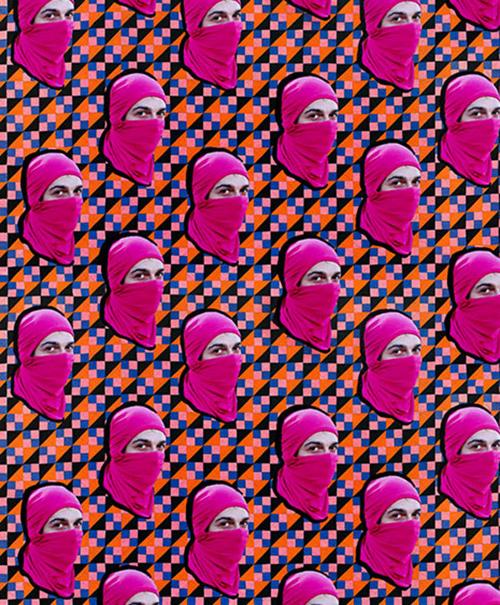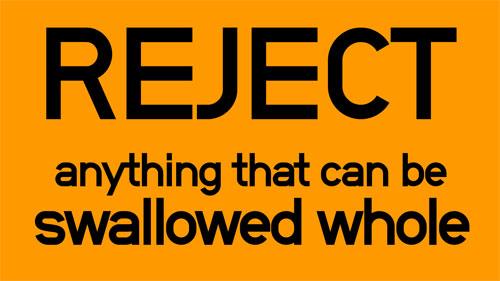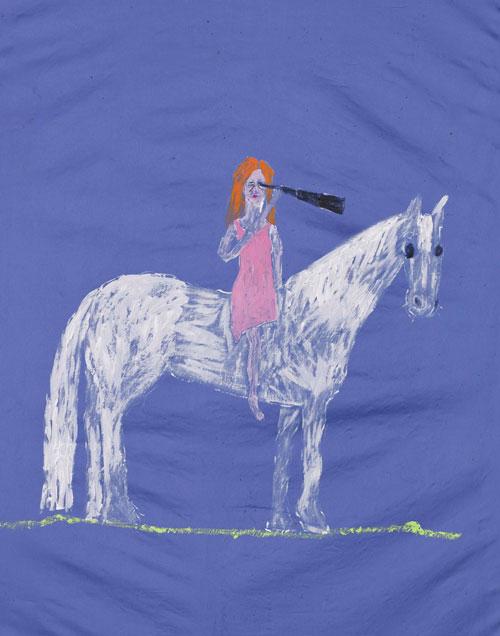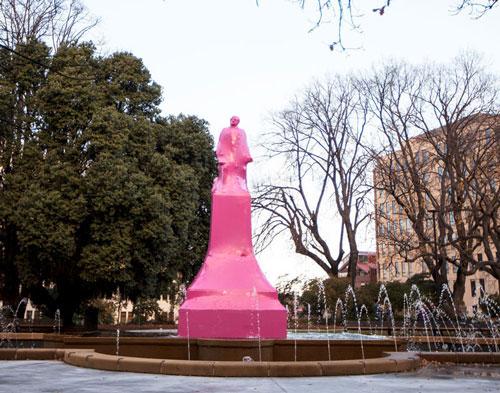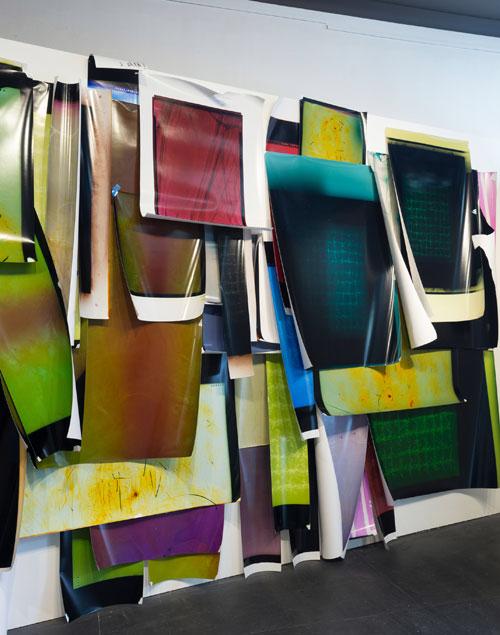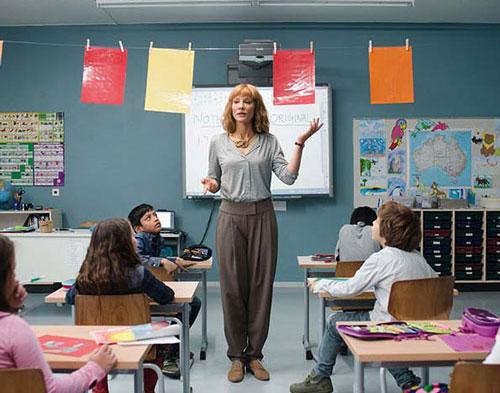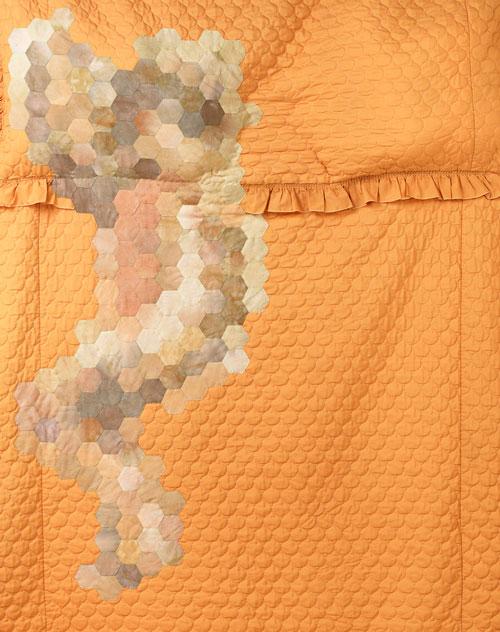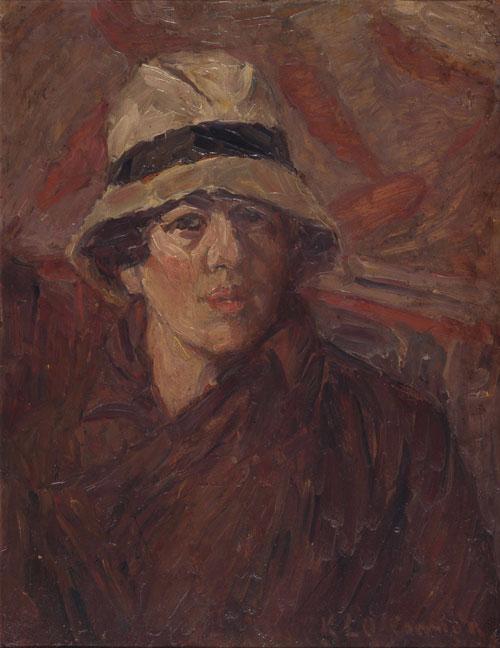Sera Waters: Domestic arts
Titling an exhibition for a contemporary art space Domestic Arts is a bold move. The words conjure an out-of-date framing of home chores, from cooking and cleaning to “the gentle crafts” and the construction of this as the domain of women and “women’s work.” It irks of a chauvinistic condescending tone, and carries several centuries of references to publications and schools dedicated to the tutelage of feminine ideals and other forms of women’s oppression. It is a title that made me distinctly uncomfortable. Yet that is exactly what Adelaide‑based artist Sera Waters intended. “[D]iscomfort and unsettledness is necessary,” she notes, and this new body of work presented in Domestic Arts is an articulation of just why.

